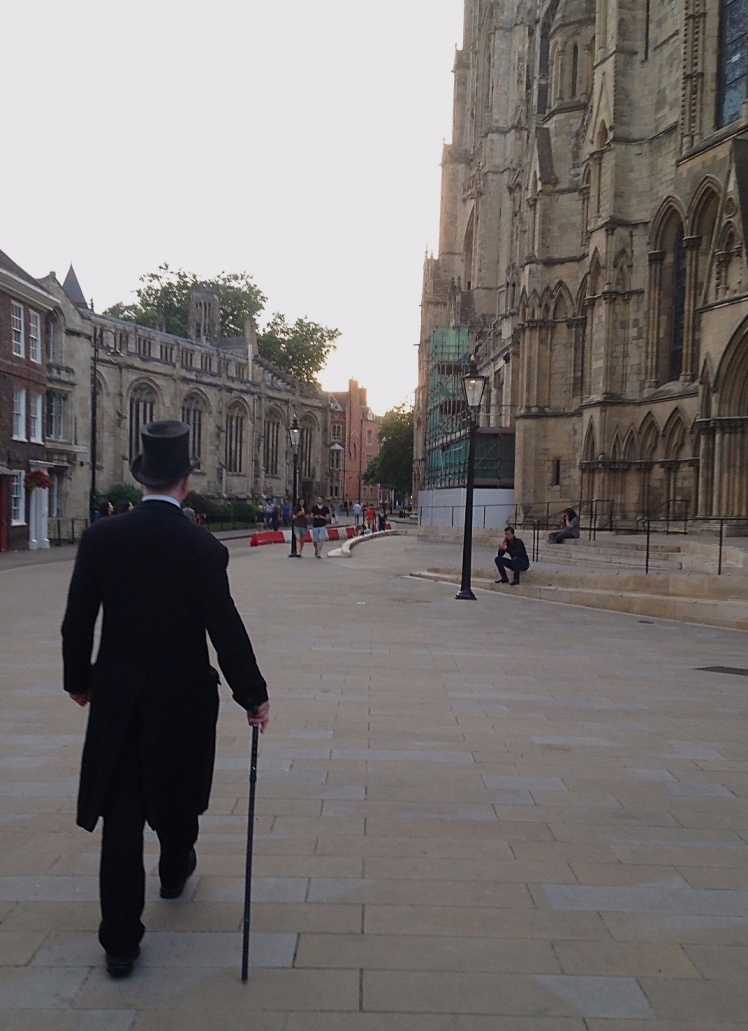Around this time of year, all the ghost stories come out. We love settling in as the evenings get darker and the wind rises, listening to tales which send a chill up our spines.
But do ghost stories do more than just raise a shiver and maybe give the kids nightmares? What do they tell us about the past?
Castles, abbeys, old manors – these are the prime buildings for hauntings. This is because it is hard to walk around heritage sites without being aware of the human histories that played out in the very same surroundings. It creates a psychological link with previous lives that many heritage sites strive to foster by recreating rooms ‘as they would have looked’* and telling the stories of previous inhabitants.
Heritage and ghosts, in fact, have a lot in common. They try to give people a sense of the history of a place around them, so they feel a sense of connection to an area and learn more about its past. They aim to tell stories that engage their audiences with this specific piece of history.
For a project in 2016 I observed all the ghost tours in York – reputedly the ‘most haunted city in the world‘. The city has a strong tourist brand image associated with its high density of existing structures from multiple historic periods (including Roman, Viking, mediaeval and Tudor legacies). At some point in recent decades, this has morphed into a strong tourist industry around the thrill-seeking aspect of history: ghost tourism.

In the course of this project, I found that just under two thirds of the stories told on the ghost tours (around 61%) were set within a specific historical period. The stories were not only the life of an individual, but a snapshot of the time they lived in. Almost half (47%) had an identifiable historical character at the heart of the story; often Guy Fawkes, Richard III, or another famous character with a link to the city, but sometimes a local figure whose actual existence would have been unknown to the whole audience before the tour.
Most interestingly, only just over half (57%) of the stories on ghost tours featured an actual ghost or other mythical being (a witch, or poltergeist, for example).
The supernatural, is apparently, an optional extra to stories about the dramatic, sometimes tragic lives of the people who once trod the same ground as us. A sense of empathy, of the human past, and of horror or fear doesn’t need a white floaty figure – it just needs history.
So what are ghost stories? Yes, they are spooky. Yes, we listen to them for a thrill rather than to learn (and, let’s be realistic, if we thought they were only there to educate us, would we be as interested?) But think about all the times you have heard a museum or historic house shout about how it ‘brings the past to life’. It may only be a pale imitation, but what do ghosts do if not bring the past to half-life, rattling chains and all?
Perhaps more heritage work should tackle the difficult and frightening stories of history. Ghost stories are ways for communities to memorialise the guilty secrets and victims of their history. And Halloween proves that humans have the capacity to celebrate the ghosts of our past.

*Probably. Maybe.
3 thoughts on “A ghostly heritage”